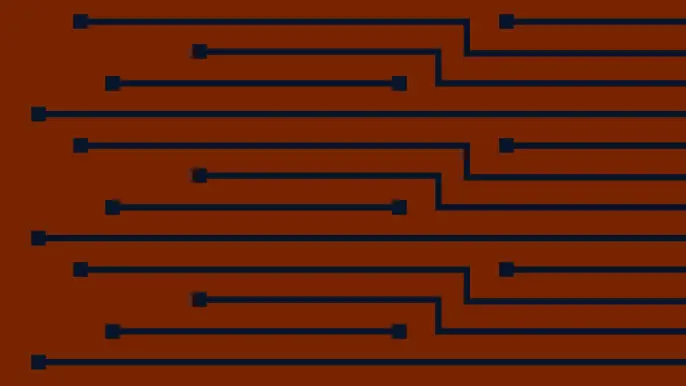
Explore the Minds of The NetSPI Agents
Advance your proactive security knowledge by learning from some of the brightest people in cybersecurity. Our executive blog gives perspective on industry trends, while Hack Responsibly dives deep into the latest CVEs and tactical approaches our team takes. Take your pick!
Our Favorite Picks

CVE-2024-21378 — Remote Code Execution in Microsoft Outlook
Learn how NetSPI discovered that Microsoft Outlook was vulnerable to authenticated remote code execution (RCE) via synced form objects.

15 Ways to Bypass the PowerShell Execution Policy
NetSPI security expert Scott Sutherland covers 15 ways to bypass the PowerShell execution policy without having local administrator rights on the system.

How to Use Attack Surface Management for Continuous Pentesting
Uncover attack surfaces and exposures with NetSPI’s offensive security including Attack Surface Management (ASM) to enable continuous pentesting.

Mainframe State of the Platform: 2025 Security Assessment
Learn key insights into mainframe security in 2025, including trends, gaps, and strategies to enhance protection for critical enterprise systems.

The Penetration Testing Life Cycle Explained
Learn about the 5 phases of penetration testing and how this structured process uncovers vulnerabilities and strengthens your cybersecurity defenses.

Understanding Indirect Prompt Injection Attacks in LLM-Integrated Workflows
Learn how indirect prompt injection attacks exploit AI workflows, their security risks, and strategies for protecting your systems from these hidden threats.

CVE-2025-26685 – Spoofing to Elevate Privileges with Microsoft Defender for Identity
Discover how NetSPI uncovered and reported a vulnerability in Microsoft Defender for Identity that allowed unauthenticated attackers to perform spoofing and elevate privileges.

How RayV Lite is Democratizing Laser Fault Injection
Discover how the RayV Lite by NetSPI makes advanced laser fault injection accessible, reshaping hardware security with its open-source, low-cost innovation.

Pew Pew, Precisely: The Physics and Practices Behind RayV Lite
We began with a simple question: could laser fault injection be democratized? Our answer is a resounding yes. With back-of-the-envelope physics, modest optics, and basic spare parts, we created a replicable, low-cost method for laser-based hardware attacks.

CVE-2025-23009 & CVE-2025-23010: Elevating Privileges with SonicWall NetExtender
NetSPI discovered multiple arbitrary SYSTEM file delete vulnerabilities in SonicWall NetExtender for Windows. Learn how NetSPI discovered and leveraged these for local privilege escalation.

Should I Stay or Should I Go: Why Partnering with a Trusted PTaaS Vendor YoY Brings Success
Discover why long-term partnerships with penetration testing vendors offer greater efficiency, deeper risk insights, and better security outcomes than frequent switching.

Shift Left Security: Integrating Pentesting Early in Development
Discover how to integrate penetration testing into a shift left security strategy, enhancing application security early in the development lifecycle.

Validating Azure Cloud Security with Breach and Attack Simulation as a Service
NetSPI’s Breach and Attack Simulation as a Service offers focused simulation tests for Azure users to validate your cloud security capabilities.

Getting Shells at Terminal Velocity with Wopper
This article introduces Wopper – a new NetSPI tool that creates self-deleting PHP files and automates code execution on WordPress using administrator credentials.

CVE-2025-21299 and CVE-2025-29809: Unguarding Microsoft Credential Guard
Learn more about the January 2025 Patch Tuesday that addresses a critical vulnerability where Kerberos canonicalization flaws allow attackers to bypass Virtualization Based Security and extract protected TGTs from Windows systems.
